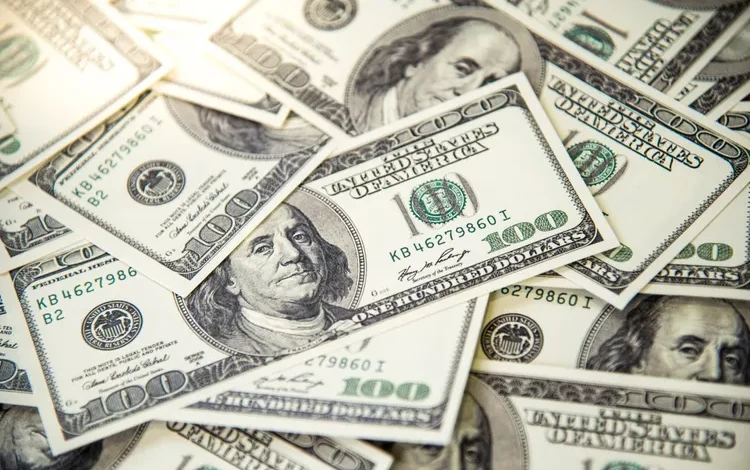The United States is facing increasing economic pressure due to its soaring national debt, now exceeding $36.2 trillion, prompting concerns among economists, credit rating agencies, and market analysts about the country’s fiscal sustainability.
Deutsche Bank described the situation as “death by a thousand cuts,” reflecting a gradual erosion of confidence in the nation’s ability to manage its debt and maintain economic growth.
The US national debt currently stands at about 122 percent of the country’s annual economic output, or gross domestic product (GDP), and continues to grow by approximately $1 trillion every quarter. These figures have heightened fears that economic growth may not keep pace with the rising costs of servicing this debt.
Last week, Moody’s downgraded the US credit rating from its highest tier of Aaa to Aa1, citing a decline in fiscal metrics despite the country’s significant economic and financial strengths. This downgrade signals growing concern about the long-term fiscal outlook and debt management in the US.
Deutsche Bank analyst Jim Reid noted that while the downgrade itself may not cause immediate market upheaval, it adds to the accumulating negative fiscal news affecting perceptions of debt sustainability.
“The loss of the final U.S. triple-A rating… keeps the drip, drip, drip of poor fiscal news building up against the debt sustainability dam,” Reid said.
The political response has been mixed. The Trump administration continues to push a tax cut bill that would extend and expand 2017’s tax cuts, with the aim of stimulating GDP growth to help rebalance the debt-to-GDP ratio. Proponents argue this approach could boost short-run real GDP by 3.3 to 3.8 percent and long-run real GDP by 2.6 to 3.2 percent.
However, the nonpartisan Congressional Budget Office (CBO) offers a different outlook. In its April report, the CBO warned that extending the tax cuts without offsetting measures would increase the public debt to 220 percent of GDP by 2025—well above baseline projections.
The government faces a balancing act between cutting costs and reducing taxes, both of which impact revenues and the ability to address rising debt levels. Meanwhile, efforts to improve government efficiency are underway, but many analysts see current measures as insufficient given the scale of the problem.
The US Treasury regularly finances its obligations by issuing various debt securities, such as Treasury bills, notes, and bonds. These instruments have traditionally been viewed as safe investments due to the country’s historical record of repaying its debt. However, a growing share of US debt is now held by foreign investors—about 25 percent—raising questions about global confidence amid ongoing trade tensions and tariff disputes.
Countries like Japan, China, and the United Kingdom hold significant portions of US debt, and some have indicated their holdings may be used as leverage in trade negotiations.
In the event of a loss of confidence among debt buyers, the Federal Reserve has tools available, such as quantitative easing, to support borrowing costs and stabilize markets. UBS’s chief investment officer, Mark Haefele, noted that while the downgrade might pose headline risks, it is unlikely to cause major disruptions, and the Fed would likely intervene if bond market volatility rose sharply.
For everyday Americans, the implications of rising debt and increased interest payments could include higher taxes and more expensive borrowing costs, affecting mortgages, loans, and credit card rates.
With input from Fortune, and Al Jazeera.








The latest news in your social feeds
Subscribe to our social media platforms to stay tuned